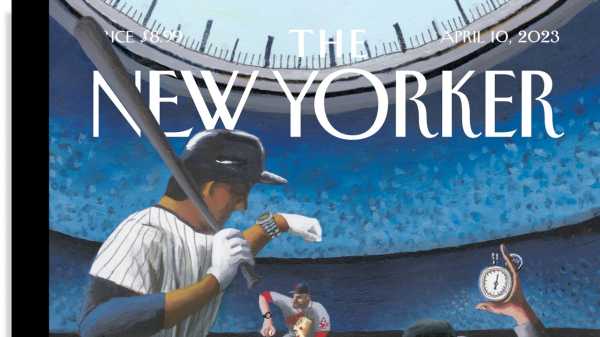
Baseball fans have long been known for their patience. But, this year, Major League Baseball introduced a series of new rules that will alter the routines and rhythms of the old ballgame, adding some hustle to the mix. Bases, once fifteen inches square, will now measure eighteen inches on each side. Pitchers will be limited in the number of times they can disengage from their post for each at-bat. And, perhaps the most contentious: pitch timers will limit the amount of time a pitcher can spend delivering the ball and the amount of time a batter can spend getting to the batter’s box. Too-slow pitchers will earn a “ball.” Too-slow batters will earn a “strike.” In his cover for the April 10, 2023, issue—his seventieth cover for the magazine, and his thirteenth about baseball—Mark Ulriksen, a longtime baseball enthusiast, paints a picture of players newly ruled by the clock. I talked to the artist about the history of baseball, its fans, and its future.
How did you feel about long games, and how do you feel about the new pitch clock?
Games are only a drag when there’s too little action to go along with the three-plus-hour average length of a ballgame. Games lasted too long because the hitters were either striking out or hitting into analytic-driven defensive shifts. The dillydallying between pitches—by both the hitters and the pitchers—was a waste of time. The constant mid- and late-inning relief-pitcher changes did make the pastime feel like it was past its prime time. So, though I am a baseball purist, I am excited about the new rules.
How did you feel about the recently completed World Baseball Classic, baseball’s answer to the World Cup?
For the first time, the W.B.C. did indeed resemble soccer’s World Cup in excitement, featuring most of the world’s greatest players—and drama, drama, drama! Unscripted drama is the reason I love sports so much. You always hope it will arrive and, boy, did this tournament deliver. The last two rounds of the W.B.C. featured back-and-forth games; heroics; a walk-off, come-from-behind, semifinal win to reach the finals for Japan, the eventual champion; and a Hollywood ending for the last “out” of the tournament. There really were no losers. Baseball itself was the big winner. And though we baseball fans tend to start wagging our tails come March and the arrival of spring training, this year we got treated to a post-season-like atmosphere before the season even began! And the fans from other countries brought a supercharged cacophony of fun and joy to the game that I hope will become a larger part of the American fan experience.
How would you describe the average baseball fan? Do you think there’s a commonality in people who prefer baseball as compared with those who prefer, say, football?
Most baseball fans are fans of the game writ large—comparing different eras, sharing multigenerational devotion to a particular team, remembering significant numbers. Baseball fans like numbers! They know what 714, 56, and 62 stand for. Tailgating prior to a game is more of a football thing; baseball fans might spend the time before a game filling out a scorecard while also enjoying a brew and a dog. I doubt football fans make pilgrimages cross-country to visit different ballparks, but baseball fans can tell you all the yards they’ve visited. I used to be a huge football fan, but the constant movement of teams from city to city and the violence it does to players turned me off to football years ago. Thank goodness baseball players aren’t having to donate their brains to science like football players have.
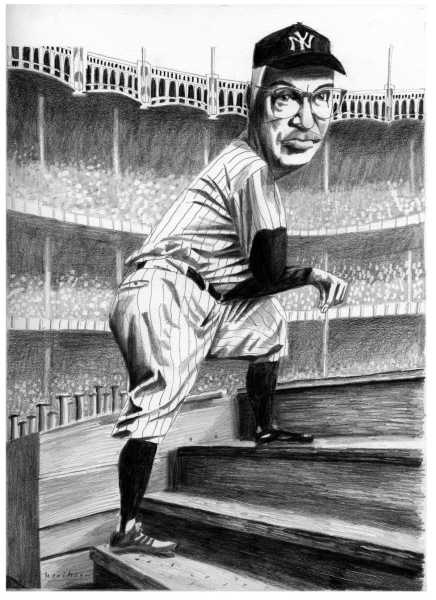
Roger Angell, a longtime New Yorker writer and our resident baseball expert, died last year, at the age of a hundred and one. What did you learn about the sport from him?
I always tell friends who don’t really get baseball to read Angell. If you do, then you‘ll understand why baseball is the greatest game. He’s the Poet Laureate of the sport. Roger was around from Babe Ruth to Aaron Judge, so he’s seen it all, and he taught me that, as much of a fan as I am, I’m still missing so many of the game’s finer points. With his words, he painted pictures of the action and inaction, and invited us into both his take on the game as well as how the players felt about a particular game, season, victory, or defeat.
For more covers about baseball, see below:
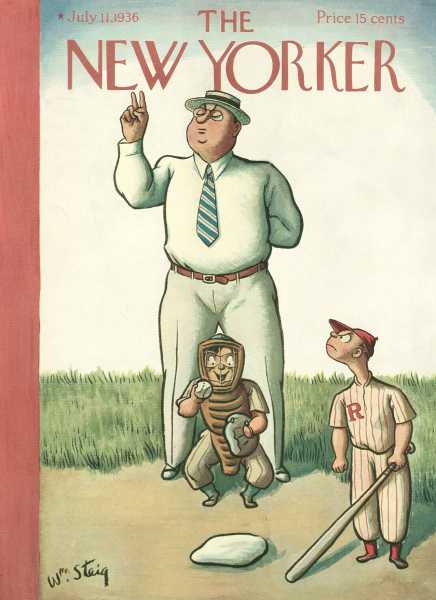
“July 11, 1936,” by William Steig
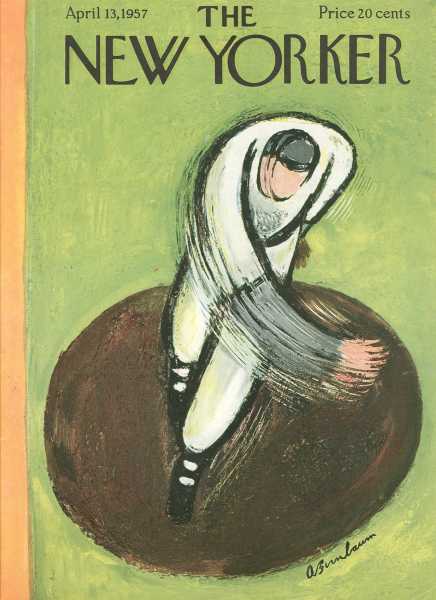
“April 13, 1957,” by Abe Birnbaum
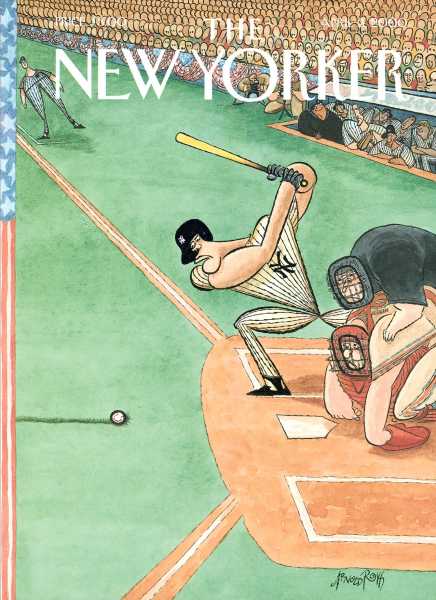
“The First Pitch,” by Arnold Roth
Find Mark Ulriksen’s covers, cartoons, and more at the Condé Nast Store.
Sourse: newyorker.com